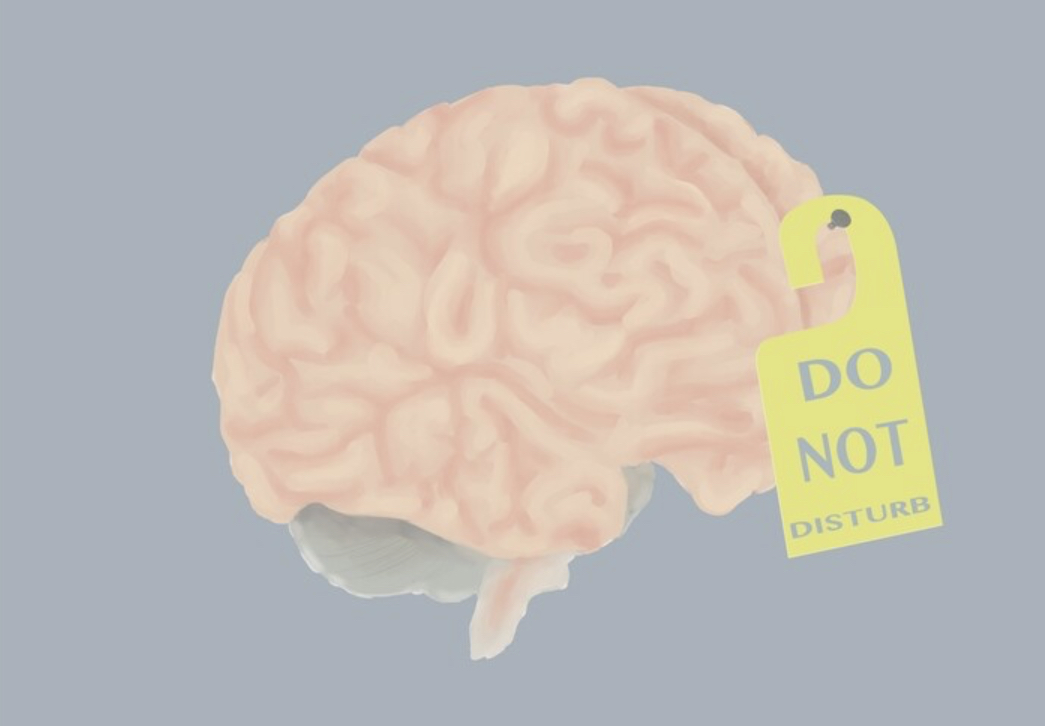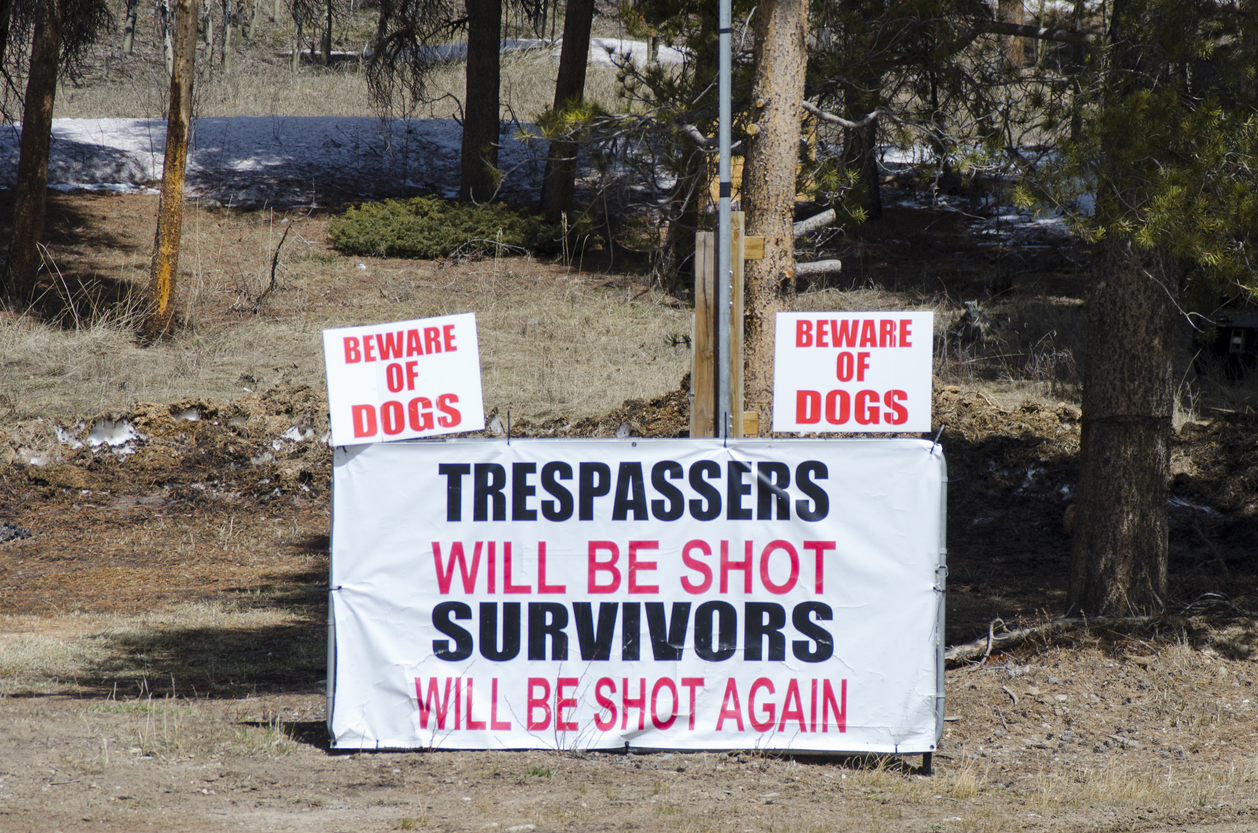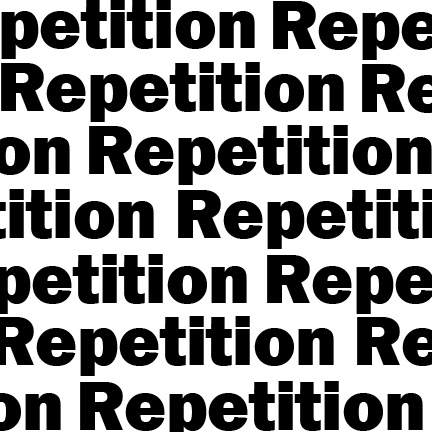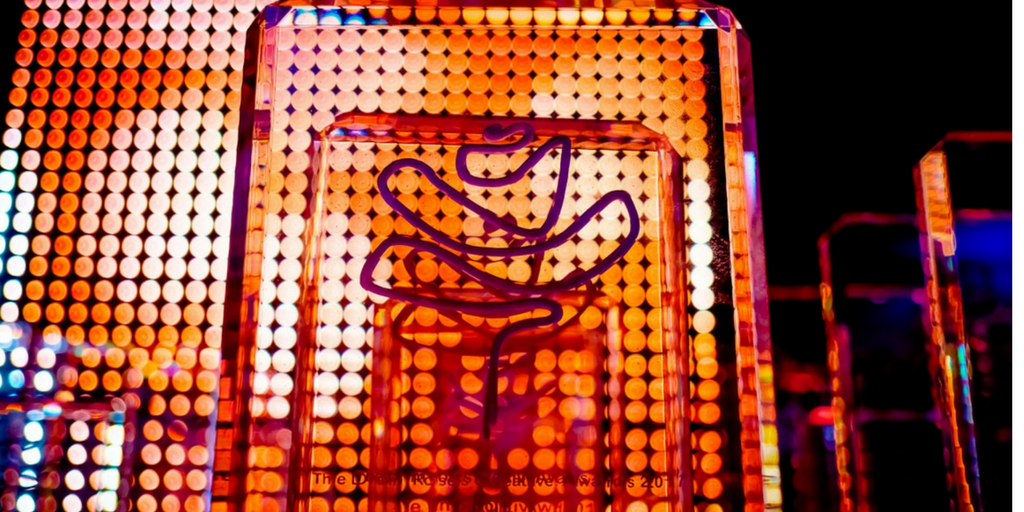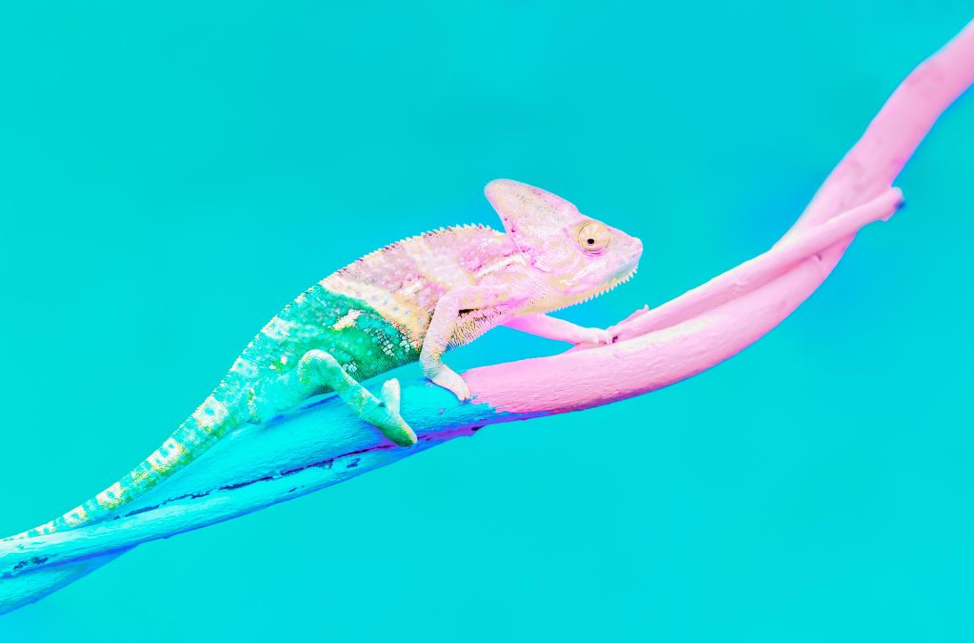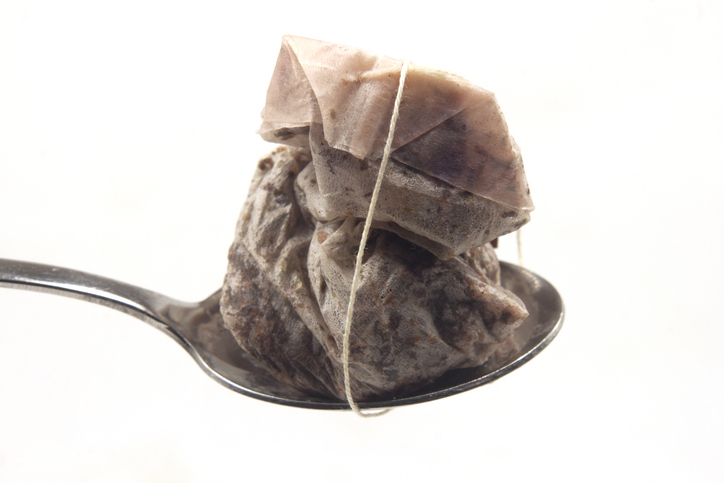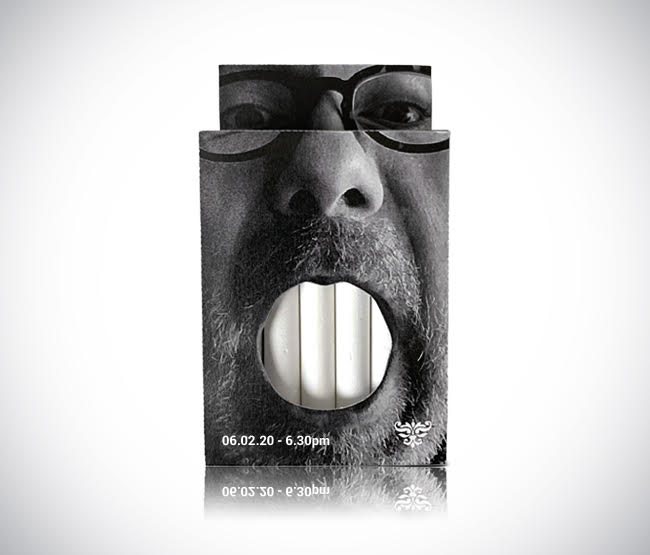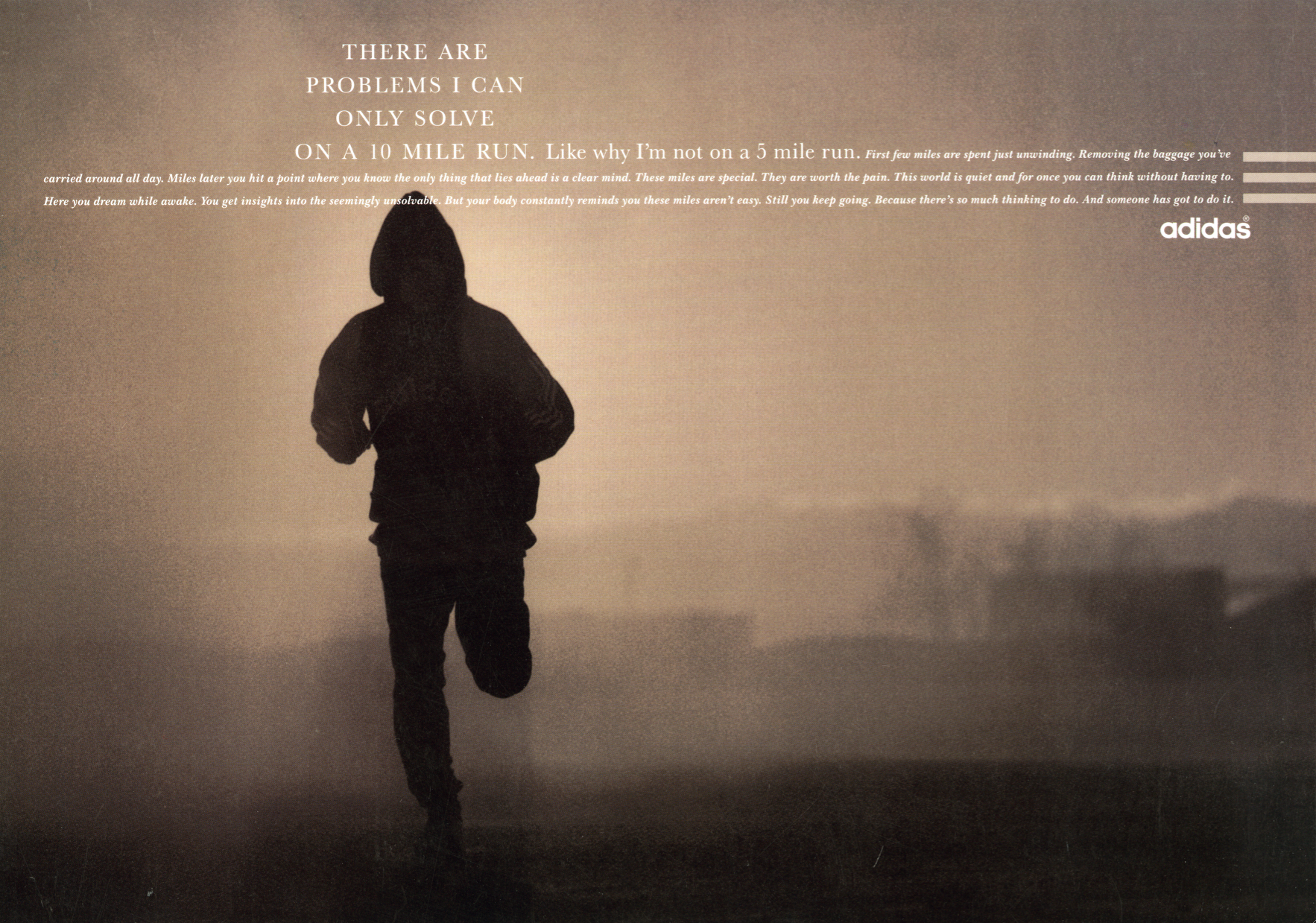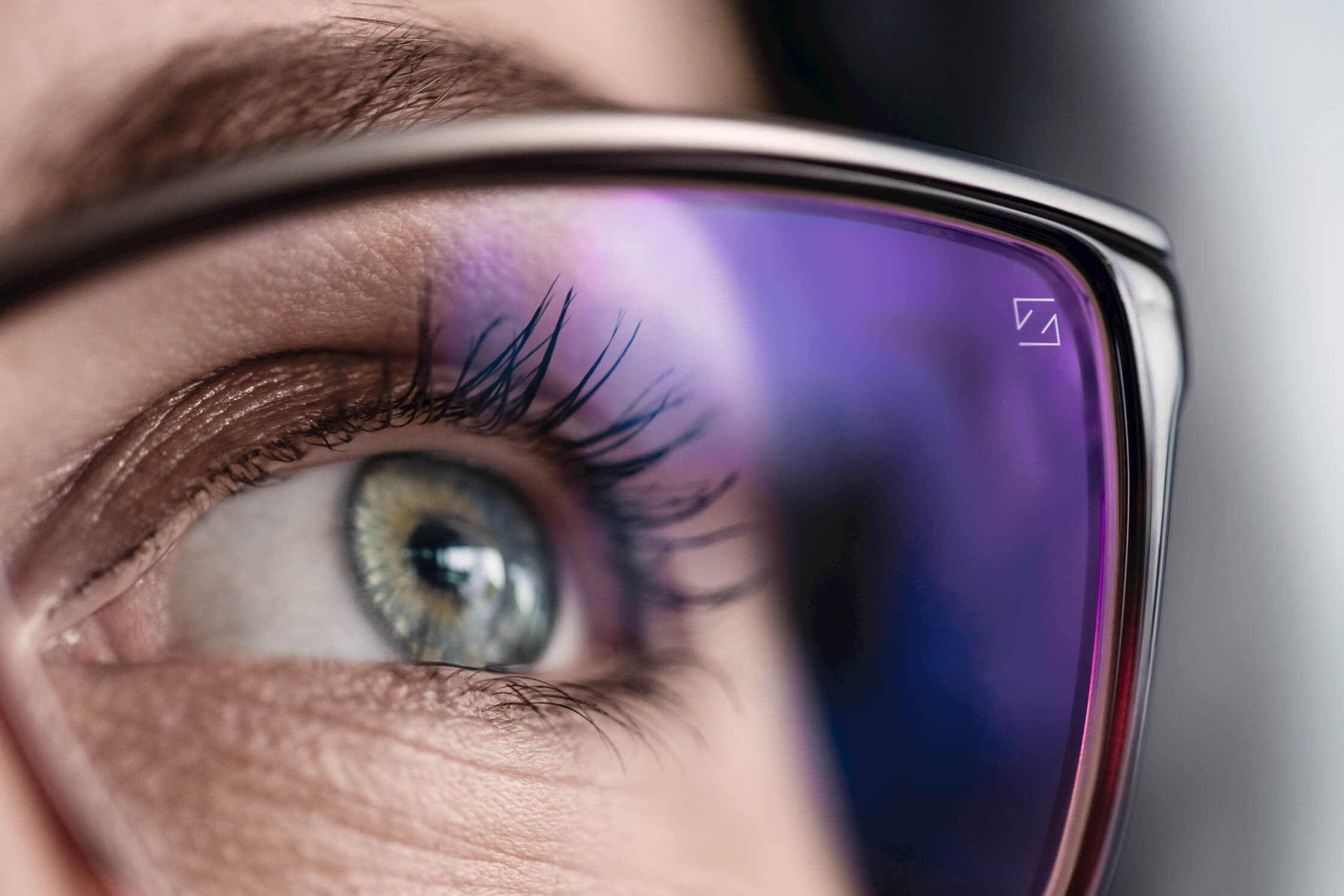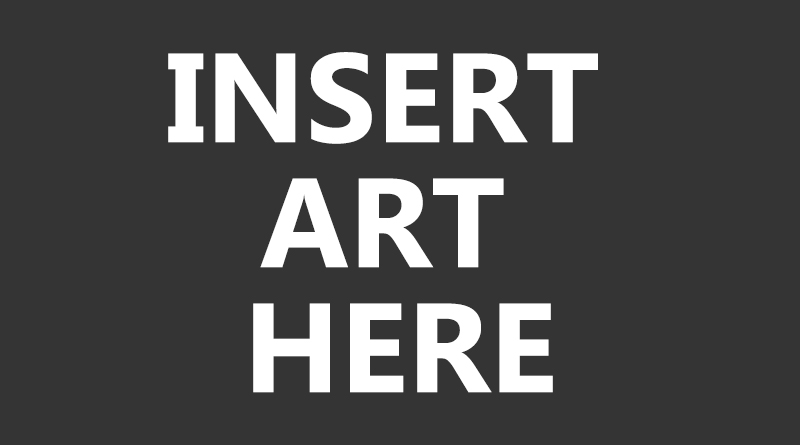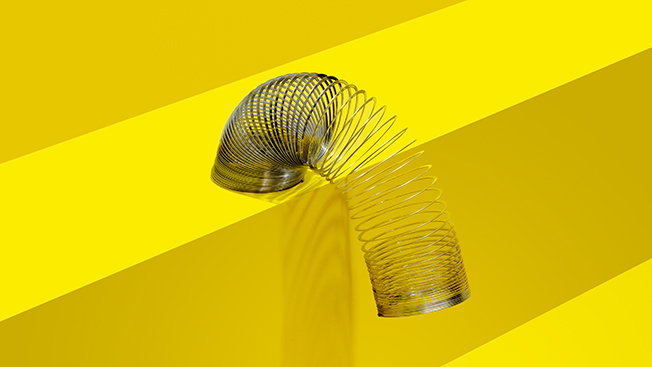
Don’t Knock A Little Mitsake
Why marketing should embrace its own Error 404
NOTE URGENT THINGS he’d read. That little mistake had royally ramped up the sense of urgency I was going for. Ooops.
Don’t worry, don’t worry – this isn’t another blog about how an ordering mistake turned out to be the best cluck-up KFC ever made (I’ve already written that). But a smaller error that caught my attention back in January.
Ikea Singapore launched an exclusive range of cloth shopping bags. Exclusive because the web address was wrong. Thousands of bags were printed missing the ‘m’ in .com (hmmmm…. A one letter mishap – sound familiar!?).
Rather than throw them out, Ikea owned it, proudly displaying their bags with this message:
KLAMBY. LIMITED UNIQUE ALAMAK… At IKEA, it’s OK to make a mistake.

The decision to keep them on sale stemmed from a commitment to sustainability and reducing waste. And they flew off the shelves, with people keen to own such an elusive item.
The little point I am trying to make is that sometimes accidents can and do result in something positive. In advertising and in life. Microwaves, pacemakers, x-rays, playdough. All created by accident. And the slinky! Who creates a slinky by accident when they’re trying to engineer a balancing solution for ship equipment? An absolute legend, I guess.
As humans we learn by trial and error. It’s in our psychology from the day we’re born to use mistakes to help us grow, develop, learn, and improve. How do you think you learnt to walk? Run? Not electrocute yourself? My guess would be you spent lots of time as a child falling over and sticking your fingers in plug sockets, gradually adjusting your approach to keep injuries and hospital visits to a minimum through your adult life.* You learnt from your mistakes.
Make no mistake, I know mistakes are far from ideal.
We strive to stop slip-ups, endeavour to avoid error. But sometimes they bring good, so long as we learn from them. What’s valuable is being open to the potential from your mistakes; that unexpected result, and being tuned in enough to realise that what seemed like a problem could be an opportunity in some form.
Ikea sold thousands of bags, learnt to get their copy checked twice, and used the opportunity to showcase their green creds.
Richard James’s invention sold millions worldwide, brought joy to thousands of children that enjoy looking at stairs, and actually helped him in achieving his marine balancing mission.
And I stayed on the phone to Jon until gone 6, and learnt that dropping a critical vowel from an email subject line won’t get you sacked.
This is my little reminder to you that with all that’s going on in the world – little mistakes will happen – learn from them, and keep going. You’re doing fine.
Hang on in there, y’all.
*Christmas parties and social gatherings after 21st June 2021 are not represented by this statement.
Why marketing should embrace its own Error 404
If you’d like to talk to us about making opportunities out of problems, drop us a note saying:. ‘I hope it wasn’t a mitsake to send you this’ here.
